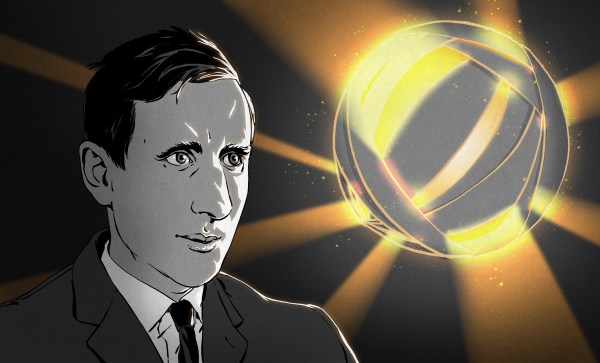Since the dawn of the industrial revolution, humans have been searching for more energy. Especially lately, there has been a huge interest in wind, solar, geothermal, and other ways to capture and harness power. However, we have a huge power plant just eight light minutes away: our sun. Oh sure, we toy with solar power, but the amount of sunlight hitting the Earth or even Earth orbit is a tiny fraction of Sol’s total output. But what if you could capture nearly all of the sun’s output? Scientists think that maybe — just maybe — they’ve detected 60 new extraterrestrial civilizations doing just that. At least, that’s what it could be.
[Freeman Dyson] popularized the idea of a Dyson sphere, an artificial sphere surrounding a sun to capture the maximum amount of energy, back in 1960. However, the idea is older and usually credited to [Olaf Stapledon]’s 1937 novel Star Maker. While most people think the sphere would be solid, [Dyson] himself thought it would be a swarm of disjointed collectors owing to the difficulty in creating a solid shell of the required size.
Both SETI and Fermilab have searched for what is thought to be telltale infrared radiation that scientists think would emanate from a star surrounded by spheres or swarms. Several have been located, but there is no conclusive evidence.
The new 60 were identified by analyzing data from the Gaia satellite. Again, the evidence is not conclusive, but small and dim stars that are very bright in infrared can’t be explained by conventional explanations. One way to explain at least some of the stars would be if about 16% of the star was obscured by something like a swarm of Dyson sphere collectors.
There are, of course, more jejune explanations possible. For example, the star might happen to be in front of some more distant IR source. Still, it is tantalizing to think there may be more than 60 high-tech civilizations out there either waiting to meet us or, perhaps, waiting to eat us, depending on how paranoid you are.














